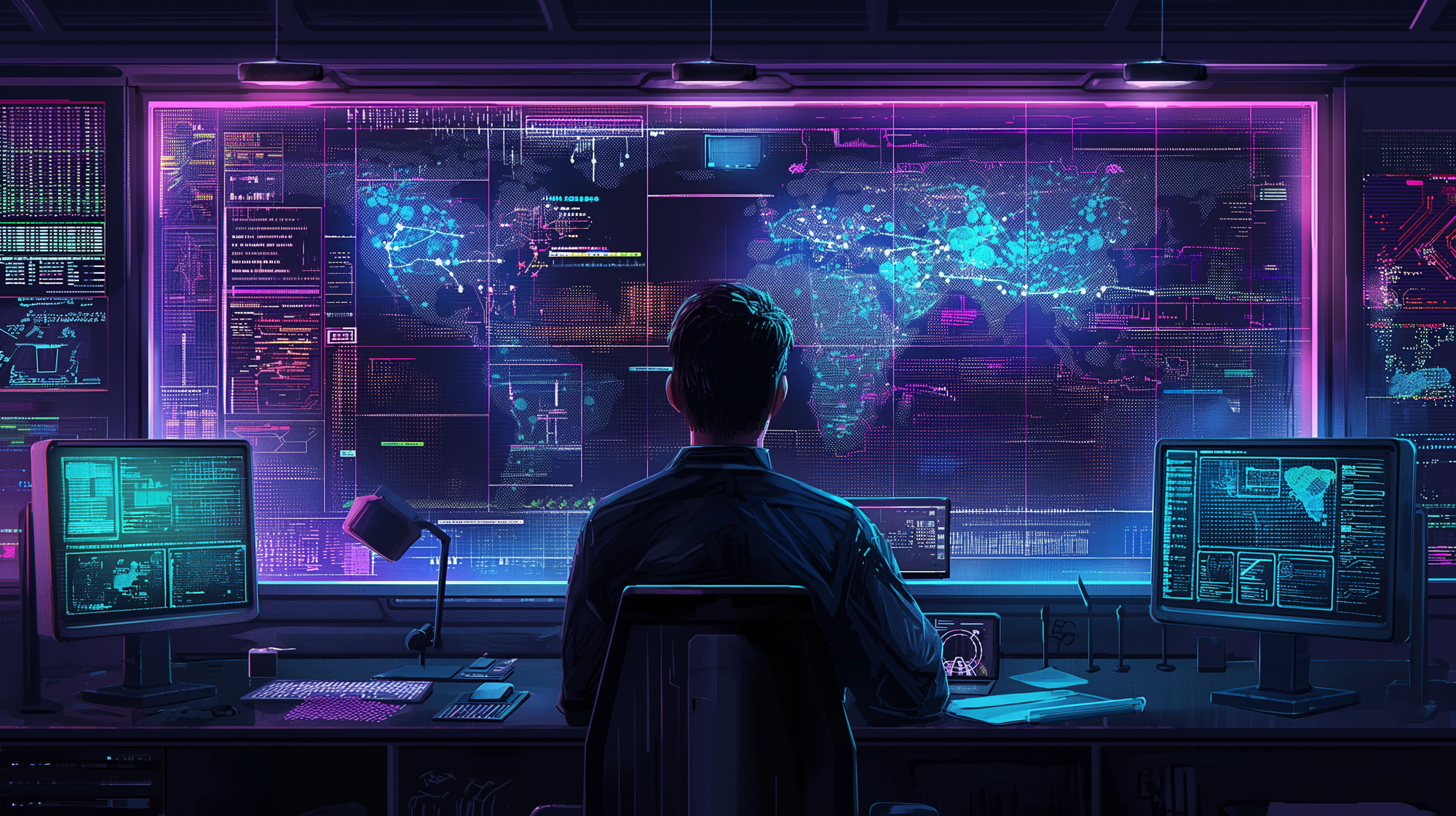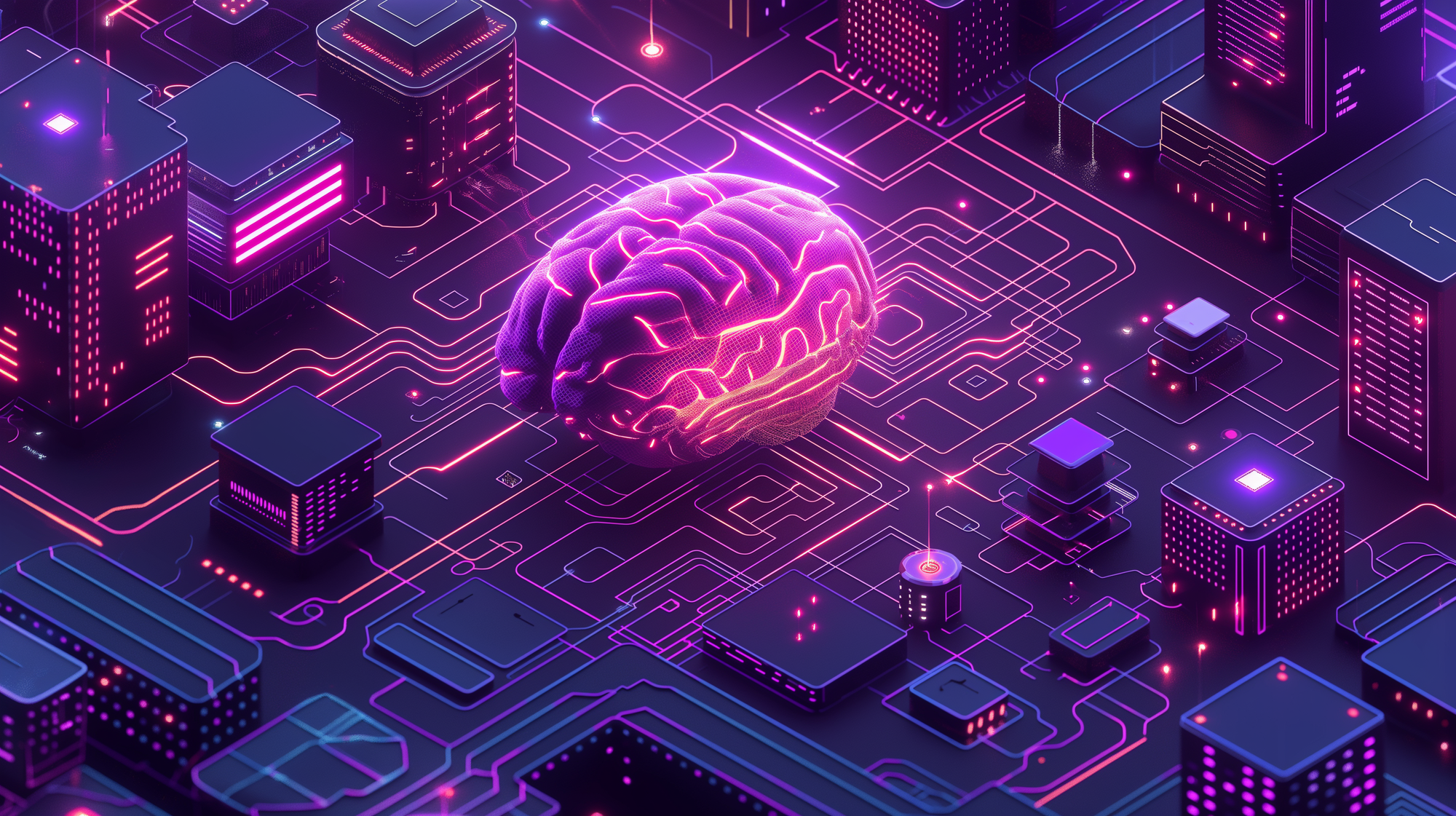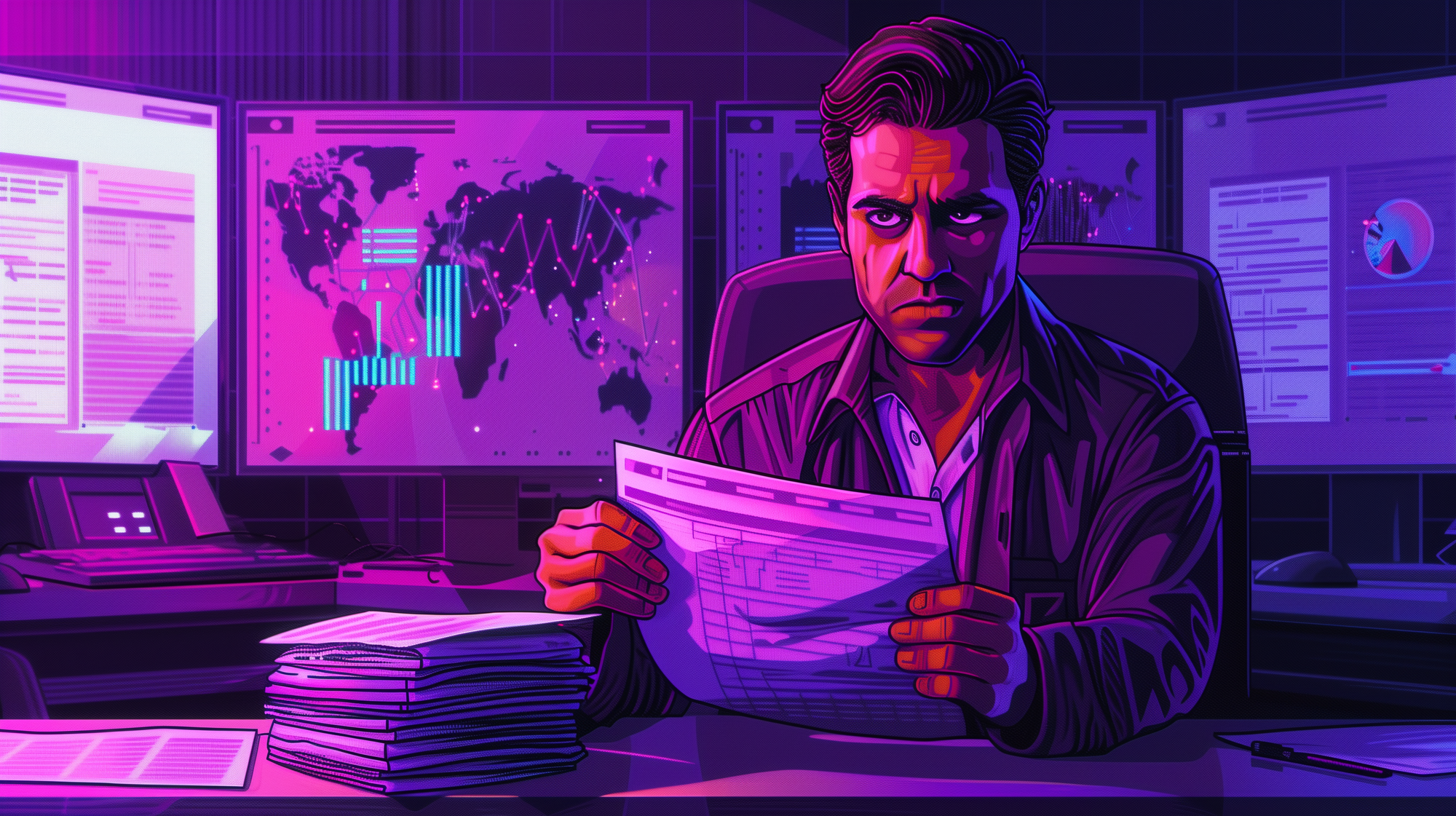
Cyber Threat Intelligence vs Dark Web Monitoring
A sophisticated Cyber Threat Intelligence strategy, enhanced by deep and dark web insights, is vital for preemptively combating cyber threats as digital transformation accelerates this increasingly interconnected world.
Having worked for both the United States government, and just completing a five-plus year stint at CrowdStrike, I fully understand the value cyber threat intelligence (CTI) provides to those who know how to properly leverage the products. The notion that CTI is difficult is understandable, and is a likely reason for why many organizations opt for deep and dark web monitoring rather than full spectrum CTI. The dark web is a buzzword many C-Suite executives have heard, and are happy to fund to some degree because they believe it will solve all their CTI problems. Here are we going to dispel some myths and wax lyrical about some truths in the battle between true CTI, and deep and dark web monitoring.
As more organizations complete their digital transformation journeys, the world is becoming an extremely interconnected digital landscape. Cyber attacks are no longer a matter of if but when, with their effects far more pronounced than ever before in history. Developing a sophisticated, multi-faceted approach to cyber security is not just advantageous but essential if organizations are to be able to fight toe-to-toe with the threat actors operating today.
The strategic deployment of CTI derived from robust primary source intelligence, combined with deep and dark web monitoring stands as a cornerstone of modern cyber security defenses. This comprehensive approach is critical for organizations aiming to not only respond to but also preemptively neutralize cyber threats. Let us explore the critical roles of these two vastly different yet complementary tools, and advocate for their integrated use to forge a comprehensive and stout security posture both resilient and proactive.

Strategic Panorama of Cyber Threat Intelligence
CTI stands as an essential beacon in the tempestuous world of cyber threats, providing organizations with the clarity and insight necessary to navigate the complex and perilous waters of digital warfare. By harnessing a diverse array of data sources - from endpoint telemetry, to incident response observations, to honeynets, malware samples, and more - CTI furnishes a complete and nuanced view of the cyber threat landscape. This extensive perspective not only illuminates current threats but also reveals potential vulnerabilities, enabling organizations to preemptively strengthen their defenses against sophisticated cyber attacks.
Moreover, the strategic value of CTI transcends simple data collection, transforming raw data into actionable insights. It empowers organizations to proactively engage in effective threat hunting, thereby flipping the script on cyber adversaries. By anticipating and understanding the tactics, techniques, and procedures of these adversaries, organizations can disrupt malicious campaigns before they reach fruition.
For instance, CTI played a critical role in identifying and countering a complex spear-phishing operation aimed at high-level executives in the tech sector, helping to avert significant data breaches and financial losses. This proactive stance not only protects sensitive information, but also maintains business continuity and secures corporate reputations against potential damage.
Beyond immediate threat mitigation, CTI plays a crucial role in shaping long-term security strategies and policies. By providing ongoing analysis and monitoring, CTI enables organizations to adapt to the evolving nature of cyber threats, ensuring security measures and responses remain dynamic and robust. This continuous adaptation is vital for staying ahead of attackers who constantly refine their tradecraft.
As a result, integrating CTI into core security frameworks is not merely an option, it is an absolute imperative for any organization committed to safeguarding its digital assets in this fast-paced and ever-changing cyber landscape. The integration of CTI thus ensures defenses are not only responsive but also predictive, offering a crucial strategic advantage in the high-stakes realm of cyber security.

What is Primary Source Intelligence?
Primary source intelligence is a cornerstone of cyber security, providing unfiltered insights into the malevolent activities of cyber adversaries. Among the various types of data that can be gathered, endpoint telemetry stands out due to its high fidelity and direct relevance to adversary tradecraft. This data, alongside other critical forms such as incident response details, forensics, raw network traffic, malware samples, and more forms the bedrock of understanding for the actual behaviors and immediate threats posed by threat actors.
Endpoint telemetry offers unparalleled visibility into threat actor activity. While national intelligence agencies possess advanced capabilities like intercepting and decrypting communications in transit, such measures are beyond the scope of this discussion. Endpoint telemetry allows for real-time monitoring and is crucial for detecting hidden threats, particularly as many modern threat actors strive to evade detection by attempting to disable endpoint security measures. Fortunately, contemporary security technologies are robust enough to be capable of preventing the complete shutdown of these protective measures, thus maintaining a vigilant watch over potentially malicious activities.
The significance of primary source intelligence is highlighted by its role as a key differentiator among cyber threat intelligence providers, such as CrowdStrike, Mandiant (aka Google Threat Intelligence), and Recorded Future. Unlike Recorded Future, which primarily relies on deep and dark web monitoring and open source intelligence (OSINT), firms like CrowdStrike and Mandiant incorporate substantial primary source intelligence into their operations. This fundamental difference in intelligence gathering results in much more accurate, timely, and detailed insights into cyber threats. Consequently, organizations leveraging threat intelligence providers with access to primary source intelligence should expect a higher caliber of threat analysis and reporting, which is critical for effective cyber defense strategies.

Tactical Precision of Deep and Dark Web Monitoring
Deep and dark web monitoring complements CTI by providing insights into the clandestine activities of eCrime threat actors. These hidden channels on the internet are where the criminal economy thrives through the sales of harvested credentials, stolen or leaked data, proof-of-concept exploitation code, stolen credit cards, and much more. Monitoring these markets and forms is imperative for detecting compromises that would otherwise go unnoticed until too late.
For instance, a tech company discovered through dark web monitoring that proprietary source code had been leaked and was being auctioned. Swift action based on this intelligence prevented the widespread distribution of the code, averting significant financial and reputational damage. Similarly, monitoring efforts once revealed a planned attack on critical infrastructure, enabling preemptive security enhancements thwarting the attack.
Harvested credentials are regularly sold by initial access brokers (IABs) to ransomware affiliates who use the valid identities in the course of ransomware operation. Rather than try to exploit a public facing vulnerability, it is far easier to just walk in the proverbial front door with the keys to the kingdom. Being constantly vigilant, and employing 24/7/365 continuous monitoring of the deep and dark web, organizations can thwart a costly ransomware attack by disabling or resetting passwords on accounts whose passwords have been harvested and are for sale on dark web sites like Russian Market.
This is where proactively monitoring the eCrime ecosystem, and particularly the deep and dark web, provides organizations with value.

Combining CTI with Deep and Dark Web Monitoring for Maximum Impact
CTI epitomizes a proactive approach to cyber security. By harnessing CTI’s capabilities in threat profiling, campaign tracking, malware analysis, and other important features, organizations are empowered to dynamically refine and evolve their defense strategies in response to the ever-changing cyber threat landscape. It is critical for organizations to remain agile, continuously adapting their cyber security tactics as new threats emerge.
In contrast, deep and dark web monitoring tends to operate on a more reactive basis. Although intended for proactive use, the reality is this monitoring often comes into play after a security event has occurred. The detection of leaked data, harvested credentials, and other compromised assets on the criminal underground signifies a security compromise has already inflicted some level of initial damage. However, gaining insight into these breaches through deep and dark web monitoring is crucial, as it enables organizations to swiftly respond, mitigate further damage, and reduce overall risk exposure.
The combination of CTI with deep and dark web monitoring therefore creates a potent synergy, significantly enhancing the scope and efficacy of an organization’s cyber security measures. While CTI offers a broad view of potential and emerging threats, deep and dark web monitoring provides a granular look at specific, immediate risks.
This united strategy not only fortifies defenses against current threats but also equips organizations with the predictive intelligence required to preempt and thwart future attacks. Adopting this dual approach is not just advisable; it is essential for any organization committed to maintaining robust cyber security in a landscape marked by rapidly advancing threats.

Conclusion
Cyber security is a highly complex real, and the distinction between merely deploying tools and crafting a powerful, integrated strategy becomes the linchpin of defense effectiveness. The true strength of CTI lies not in isolated actions but in a harmonized strategy blending the anticipatory prowess of CTI with the reactive insights gleaned from deep and dark web monitoring. This combined approach is not just about integration; it is about constructing a formidable, cohesive CTI framework addressing the full spectrum of cyber threats.
With the rapid acceleration in digital transformation, the urgency for a robust CTI strategy is more important than ever. As cyber threats proliferate with increasing sophistication, the stakes have never been higher. Cyber attacks are inevitable, with potential impacts more devastating than ever. A sophisticated CTI strategy, informed by both traditional intelligence methods and the critical insights from deep and dark web monitoring, is essential in effectively decreasing risk to the maximum extent possible.
This multi-faceted strategy leverages threat intelligence based on high fidelity primary source intelligence like endpoint telemetry, providing direct visibility into the tactics of modern threat actors, offering organizations the highest quality threat data. Such intelligence is critical not only for understanding attacks, but also for anticipating and neutralizing them before they can cause potentially irreparable harm.
Combining the strategic foresight provided by CTI with the detailed, often urgent intelligence from deep and dark web monitoring equips organizations with a comprehensive view of both potential and immediate threats. This dual-faceted approach does more than just fortify defenses - it transforms cyber security into a proactive, predictive force.
This is crucial in today’s cyber landscape, where reactive measures alone fall short of protecting against dynamically evolving threats. Organizations must adopt this enriched CTI strategy with alacrity, recognizing their ability to preempt and respond to cyber threats hinges on a deep, nuanced understanding of the entire threat landscape.
The imperative is clear: to ensure digital security and resilience, a potent, all-encompassing CTI strategy is not just beneficial, it is an imperative.






